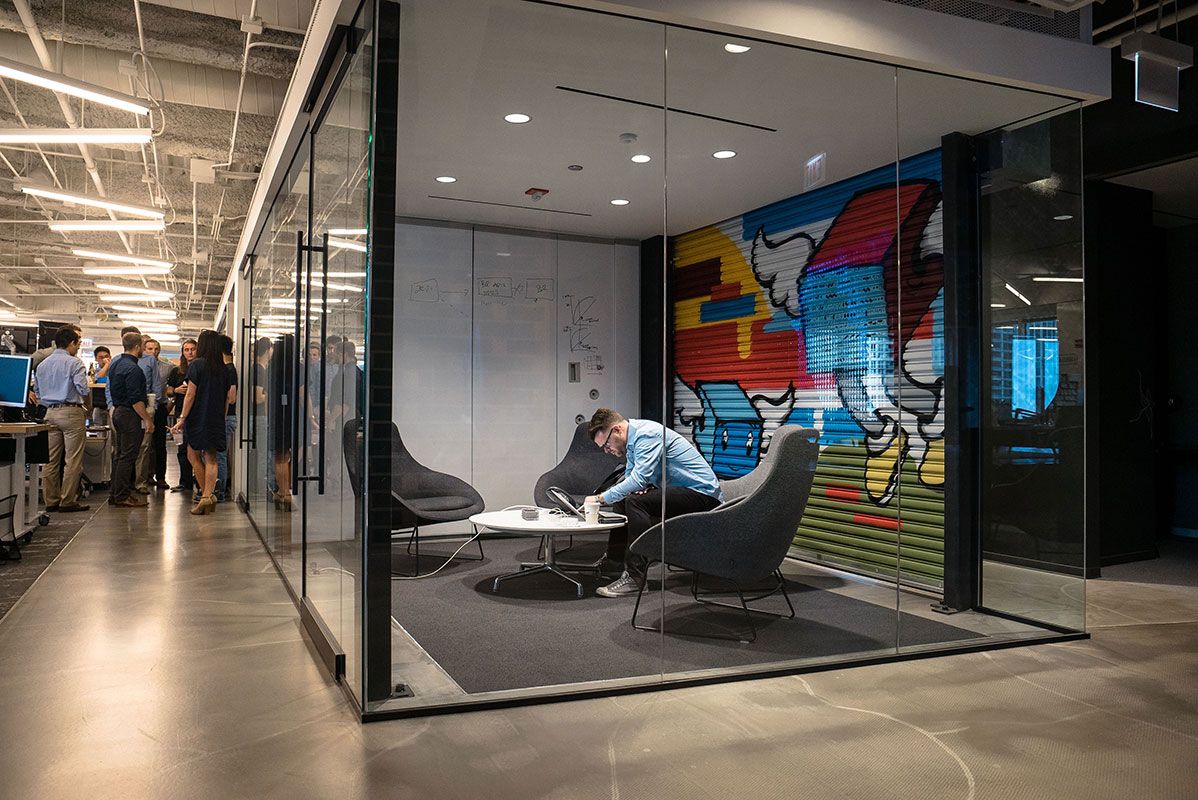Workplace safety and security have to be a priority for any organization that wants to boost employee morale, productivity, and retention. It is easier for employees to focus on their roles when they feel protected and their working conditions optimized. Besides, exposing your employees to accidents and other life-threatening risks can lead to unwanted lawsuits, fines, and financial reparations to victims. Such reasons make it mandatory for organizations to invest in tech tools that enhance workplace safety and security. Technology will help you in many ways including safety monitoring, reporting, and training in the workplace. Let’s see how different tech tools can make your office safer and technologically advanced.
- Install ambient sensors
An example of ambient sensors is the infrared motion sensors that you can use to track the motion of workers around the office. Other examples include temperature sensors, moisture sensors, and contact switch sensors. These sensors combine to provide ambient sensing. They collect activity data in the office and provide you with important information on how you can improve employee safety, e.g. with regard to temperature and humidity levels.
- Wearable sensors
An example of a wearable sensor is the accelerometer sensor. When installed in a smartwatch, for example, this sensor captures the activity data of an employee within the office. Accelerometers are perfect for measuring inert acceleration due to gravity, which makes them perfect for workplaces where workers are susceptible to slip-and-fall accidents. They are also biomedical tools for signaling unnatural movement such as when someone goes into a sudden cardiac arrest.
- Surveillance cameras
You can use thermographic cameras, for example, for moisture, insulation, and roofing inspection. Regular inspection allows you to fix problems that could potentially put your workers in harm’s way. Cameras also help with activity recognition and theft prevention in the workplace.
- 3D visualization software technology
3D visualization technology helps workers to visualize a workplace site before they get in. This tool is perfect for employee training where dangerous or hazardous equipment or chemicals are involved. The software recreates the workplace environment and allows both workers and their managers to detect possible safety breaches beforehand. It prevents potential accidents before they happen.
- Robots and drones
If a job requires employees to put their lives on the line, that job would be best left to drones and robots. You can, for example, send a drone to survey terrain and discover possible safety concerns beforehand. That way, your employees don’t have to go in blind and risk their lives. If the drone reports back that the terrain is too dangerous for human workers, you can send in robot workers to either make the place safe or to do the work.
- Video monitoring and real-time analytics
This combo will help you monitor how workers use personal protective equipment (PPE) such as respirators, vests, goggles, gloves, and hard hats. Some employees refuse to wear proper PPEs and not only expose themselves to work-related injuries but also create unwanted liabilities for the company. Video monitoring technology combines with computer vision to detect inappropriate usage (or lack) of PPE. Real-time video analytics then generate email/SMS alerts that notify supervisors of detected safety violations.
- VR and AR training technologies
Proper employee training is vital to employee safety in the workplace. Virtual Reality (VR) and Augmented Reality (AR) are fun, modern, and interactive training tools that will make your youthful employees more interested in safety training. You can, for example, use this technology to simulate hazardous work situations during your training sessions.
- IoT for connected devices
Many workplace accidents happen because of equipment malfunction. Besides many benefits of IoT for business, it can help minimize this problem by connecting gadgets and devices to the internet, enabling you to monitor them in real-time. Real-time monitoring rapidly identifies and fixes malfunctions that could potentially lead to an accident.
- In-vehicle technologies
Work-related vehicle crashes are a big concern, especially in the trucking industry. Note that a truck is a driver’s office. You can minimize workplace accidents and fatalities by installing in-vehicle technologies such as GPS-tracking systems. These systems help you track a driver’s movement and predict whether he’s in the right condition to drive.
- Safety management software
Invest in a comprehensive software that enables you to manage all workplace health and safety efforts/policies from a central location. When a potential hazard is detected by any of the tools we’ve mentioned above, you can use the safety management software to send automated communication to everyone affected. The software also allows you to create and manage a checklist for health and safety compliance guidelines so you don’t miss any of them.
Final word
Workplace safety is essential for optimal productivity and employee engagement. Lucky for you, you can rely on technology to provide a safe and protected work environment affordably and without breaking. Start investing in office safety technology today!


